Aqua-Spark will invest millions into the region’s infrastructure, with the aim of building bellwether businesses
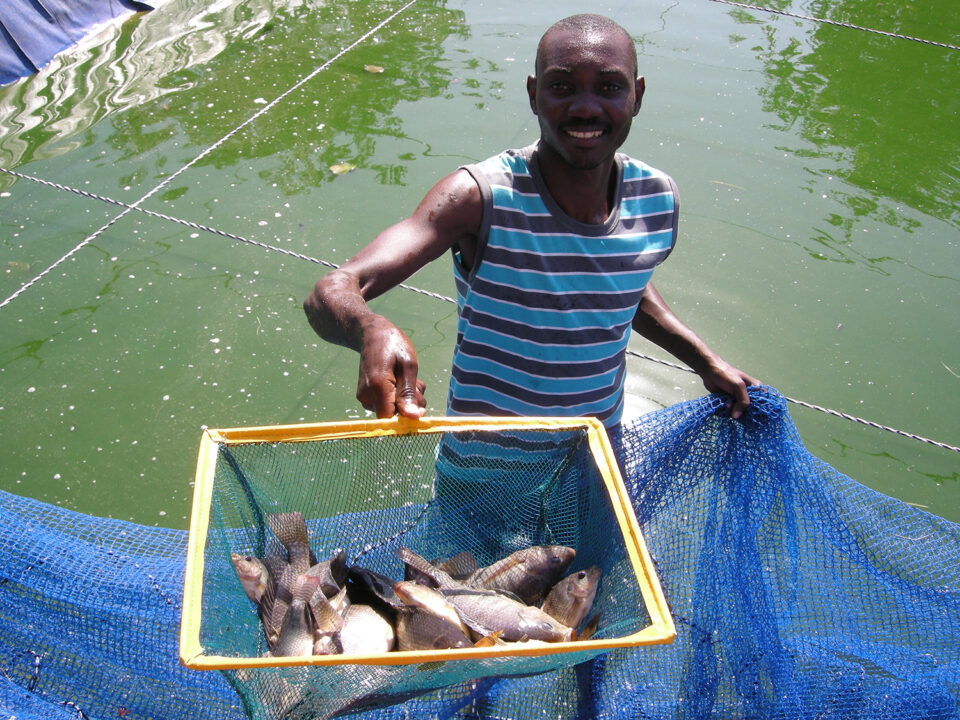
With sub-Saharan Africa poised for immense population growth over the next three decades, consumer demand for animal proteins is projected to increase dramatically. Therein lies a great opportunity to invest in tilapia farming, given that the simple and sturdy whitefish is one of the most sustainable, nutritious and economically beneficial freshwater fish species and is already produced successfully across the continent.
This sums up the conclusion of the inaugural Aqua Insights report, a publication of the global investment fund Aqua-Spark, based in the Netherlands. The report, which aims to encourage investment in Aqua Spark’s new Africa Fund, notes that the population of sub-Saharan Africa will double from 1 billion people in 2018 to 2 billion people in 2050. Annual seafood consumption in the region exceeds than 10 million metric tons (MT), a number expected to nearly triple to 29 million MT by 2050.
The region’s tilapia production is negligible when compared to global leaders Brazil, China and Egypt. Aqua-Spark, however, believes that direct investment in tilapia farms can quickly accelerate industry growth. And investment is required at all points of the value chain, as the report notes that improvements are needed in genetics, hatcheries, feed ingredients and availability, and the application of modern farming technologies.
In January Aqua Spark announced that Lake Harvest, an integrated tilapia farmer with operations in Zimbabwe, Zambia and Uganda, will be the first recipient of funding, receiving $7 million.
Anticipating great interest among investors in the industry’s potential, Aqua-Spark’s Africa Fund will close at (U.S.) $50 million this year and grow to $300 million over the next six to eight years, the company said. Its core investment will be six to eight vertically integrated farming hubs, but it will also invest in small and medium-sized farming operations and the broader aquaculture value chain in the region. The report notes that investment – which is a minimum of $1 million for individuals and $2.5 million for institutions – requires “a different risk appetite.” The fund exists to “kickstart the next iteration of the sector while catalyzing further and more diverse investment into this space.”
But with “fish deficits” and challenges to collaboration, will injecting investment be enough to scale up the tilapia farming industry to feed the growing population?
‘A business relationship’
Willem van der Pijl, editor in chief of Aqua Insights, noted that up until the 1990s, millions of dollars were invested in supporting aquaculture production through government-led projects and small-scale farmers, but significant growth never quite resulted.
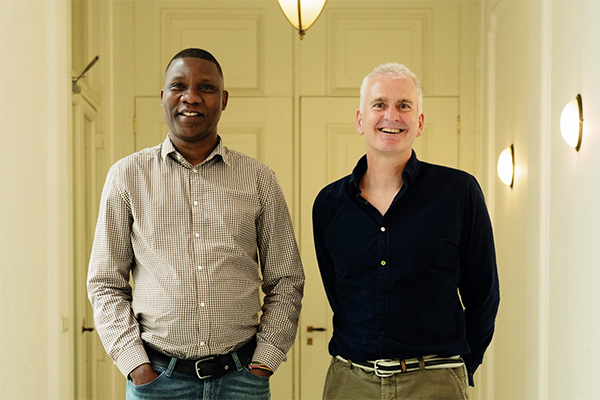
“Growth only started to increase when a few bigger, privately run farms began gaining scale,” he said. “We strongly believe these larger farms have a crucial role to play in igniting the broader sector and becoming platforms that provide smaller farms with market access. Without these bigger farms it will be really hard for the sector to grow in a meaningful way.”
By way of example, Van der Pijl referenced Aqua-Spark’s investment in Chicoa Fish Farm in Mozambique, a vertically integrated farm with its own hatchery, feed mill and an out-grower program that is projected to include 450 smallholder farms by 2025. According to IDH, the Dutch Sustainable Trade Initiative, Chicoa will help these smallholders start their own farms, providing them with services such as loans, inputs and training.
“Those smaller producers will be trained on the job so they can grow fish in a profitable and sustainable way and they’ll be assisted in marketing those fish so they can sell them at a reasonable price and create a viable business,” he said. “It’s a business relationship – and that’s how it should be. Chicoa is an impact-driven company igniting direct employment opportunities and a broader aquaculture industry, which is why we invested in them.”
Van der Pijl said reaction to the tilapia report has been positive and resulted in “lots of traction around investment in aquaculture in Africa, from institutional investors and industry players from a wide range of industries. Potential investors have told us the report gives them a helicopter view of the aquaculture sector in sub-Saharan Africa.”
Interestingly, an initial challenge to growing tilapia production will be competing with the poultry sector, which according to Van der Pijl provides a blueprint for success in the region.
‘A fish deficit’: Challenges to collaboration
In Kenya, Bayrise Fish Farm is one example of a smaller tilapia farming operation that could benefit considerably from an out-grower program ignited by foreign investment. The farm was started in 2018 and produces 400 metric tons of tilapia per year, selling all of it domestically.
“Kenya has a fish deficit of 400,000 tons per year,” notes Alfred Achar, managing director. “But even for ambitious local players like myself who have a proven business model, expansion is limited due to capital. It’s expensive to do aquaculture right – to get the right fingerlings, the right feed, and the capacity and knowledge required to build. You need funding.”
Achar said there are four large tilapia farmers who produce 80 percent of the fish in Kenya. He believes collaboration is important for all players in the industry, which faces a stiff challenge from imported product, mostly from China.
“Kenyan fish farmers should be resources to each other, because working together, sharing knowledge and helping each other is the only way we can advance our production capacity to meet the high national demand that will keep imported fish from our borders,” Achar told the Advocate. “Even with all of us together, we still can’t meet the deficit!”

A major challenge for companies the size of Bayrise is obtaining quality feed, due to high costs and low availability.
“Our local feed producers don’t produce quality feed and imported feed is not sustainable due to the transportation cost and the supply chain disruption,” he argued. “We’re talking with Danish feed supplier Al Aqua about building local manufacturing and for now we’re importing feed made in their Zambian plant. But this year I almost ran out of feed, which creates a major business risk.”
The lack of availability of quality fingerlings is another hurdle, as is the dearth of cold-chain linkage. His customers currently drive directly to his farm to purchase their tilapia, but Bayrise’s expansion plans include a fleet of refrigerated trucks and cold storage facilities in Kenya’s population centers.
“I’m ready to expand, and I could double or triple the volume I’m doing now,” he said. “But [interest rates] in Kenya are 14 percent, making it very difficult to use that capital to invest and still be profitable.”
Achar’s neighbor, Victory Farms, is one of the larger farms, producing 6,000 MT a year with more than 500 employees. The farm began operations in 2015 and has its own hatchery, processing facility and cold chain system, distributing to customers across Kenya. It’s working on a couple of out-grower schemes including outsourcing egg production to community members and leasing their land, as well as a cage-farming program.
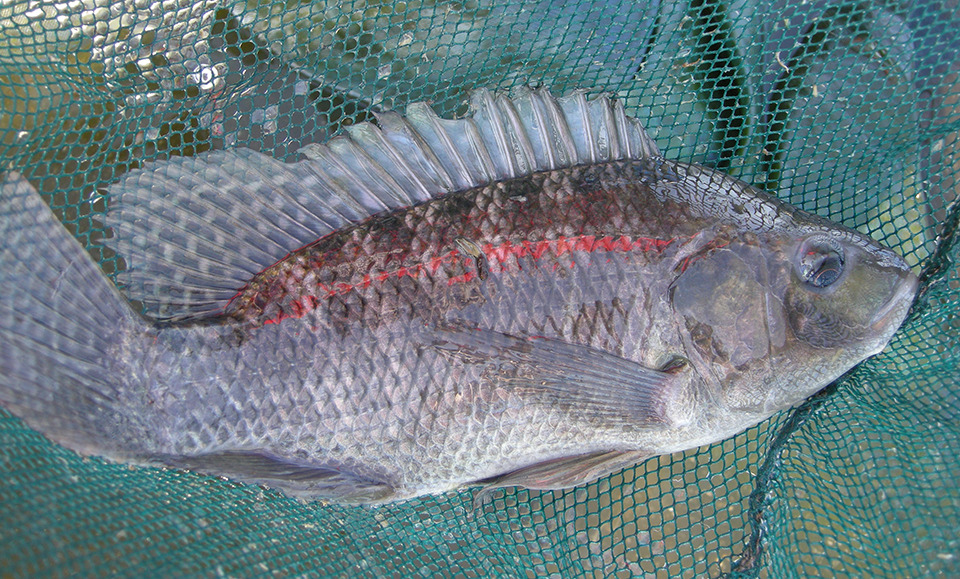
“We’re not looking to buy fish from other farms and sell them through our network,” said Steve Moran, co-founder and chief aquaculture officer. “We have full traceability on our fish and absolute confidence in our product. I wouldn’t want to be buying someone else’s fish and selling them under our brand.”
Moran certainly sympathizes with the challenges of smallholders like Achar.
“There is a market for smallholders but the cost of inputs like feed and fingerlings need to come down. Until you have feed at a reasonable price, the smallholder can’t make money,” he said. “Because of our scale we can afford to negotiate with the mills and get our own containers, but smallholders can’t do that. The markup on imported feed is probably 70 percent, so a smallholder who is not working in an outgrowing scheme and who cannot tap into economies of scale, is really struggling.”
Moran urges patience for other producers, another commodity in short supply.
“We worked on a farm in Ghana before we started Victory Farms, and we did it without any external funding, purely through organic growth, cash flow and overdraft from a local bank,” he recalled. “It takes a lot of time, work and commitment but it is possible to succeed without big checks.”
For smallholders, between feed and fingerling availability, it comes down to a chicken-and-egg situation. “We have our own hatchery, and that’s the only way we can guarantee supply. But who is going to spend $2 to $3 million on a feed mill when there’s no industry to sell it to? The big feed mills only want to come to Africa if there’s a half-decent size farm.”
This is a region starved of white protein, faced with serious population growth, and the potential to grow the fish is there in the physical and biological environment.
No more dead ends
Anton Immink, CEO of Think Aqua, an aquaculture NGO working on aquatic health management systems in African countries, said the Aqua Insights report is a “substantial, structured, well thought out, commercially-focused piece of work that responds to most of the concerns anyone would have.” According to Immink, some of the challenges it outlines may have been polished or more positively framed, but “it’s trying to encourage investment, and right so.”
“Generally, Aqua-Spark’s approach of coming at aquaculture development from large core farms out, is something that should work, as compared with working with small-scale producers who are operating without effective hatcheries and with insufficient supplies of fingerlings and feed. In the past, that kind of investment was pretty much a dead end. Aqua-Spark’s is an interesting model and should have a better chance of success.”
Despite the challenges, Moran agreed with the Aqua Insights position that the industry potential in sub-Saharan Africa is immense.
“This is a region starved of white protein, faced with serious population growth, and the potential to grow the fish is there in the physical and biological environment,” he said. “There’s no reason why sub-Saharan Africa can’t produce its own fish and get up to global consumption levels. But you need people to do it, and people need money.”
Follow the Advocate on Twitter @GSA_Advocate
Now that you've reached the end of the article ...
… please consider supporting GSA’s mission to advance responsible seafood practices through education, advocacy and third-party assurances. The Advocate aims to document the evolution of responsible seafood practices and share the expansive knowledge of our vast network of contributors.
By becoming a Global Seafood Alliance member, you’re ensuring that all of the pre-competitive work we do through member benefits, resources and events can continue. Individual membership costs just $50 a year.
Not a GSA member? Join us.
Author
-

Lauren Kramer
Vancouver-based correspondent Lauren Kramer has written about the seafood industry for the past 15 years.
Tagged With
Related Posts
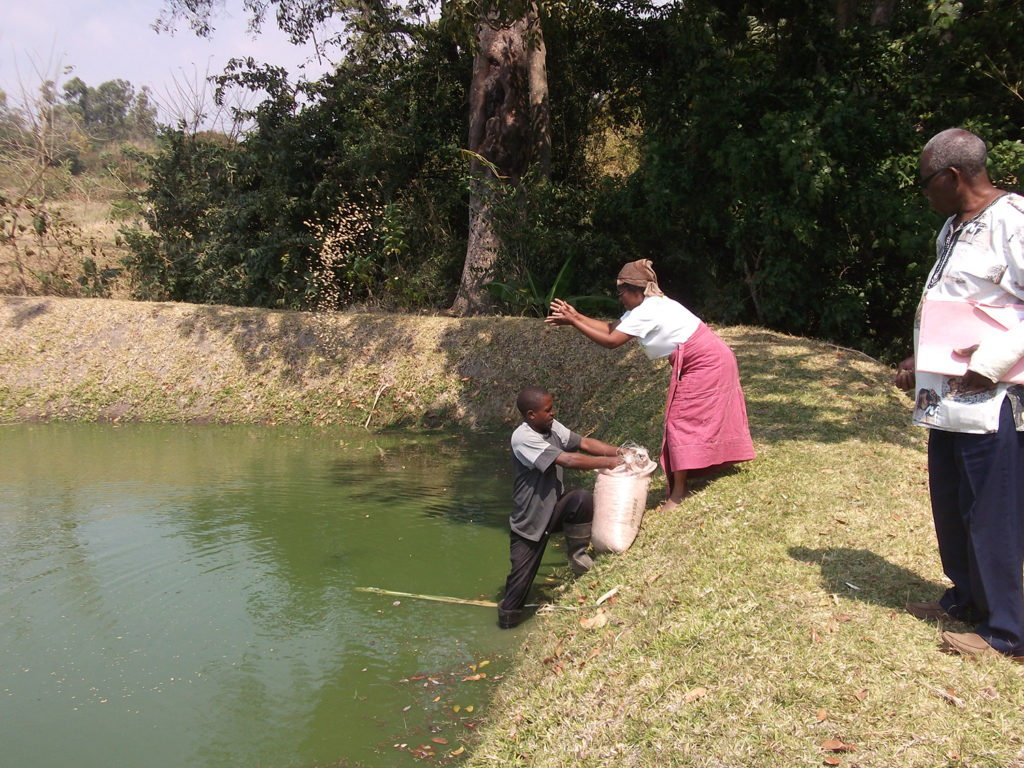
Innovation & Investment
Investing in Africa’s aquaculture future, part 1
What is the future that Africa wants? Views on how to grow aquaculture on the continent vary widely, but no one disputes the notion that food security, food safety, income generation and job creation all stand to benefit.
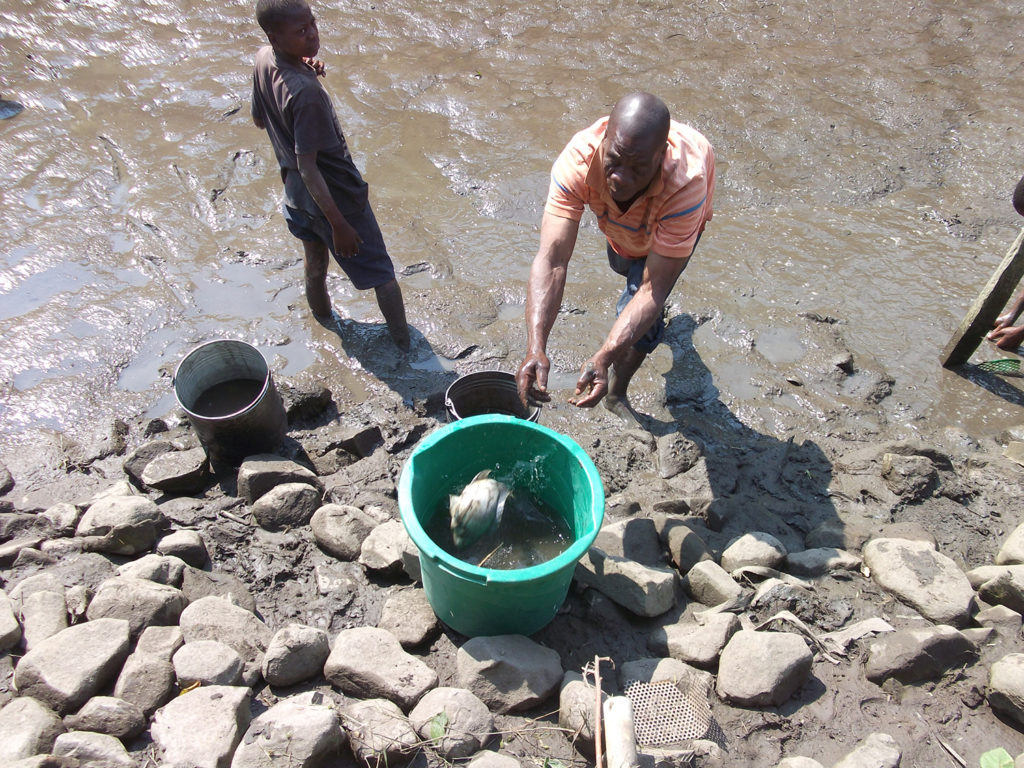
Innovation & Investment
Is Africa a ‘new Asia’ for aquaculture?
Now is the time for investment in efficiency improvements, better genetics, health management and more competition and innovation in the feed sector. Let's not perpetuate the myth that just a little more investment in some technical solutions will solve the problems in Africa.
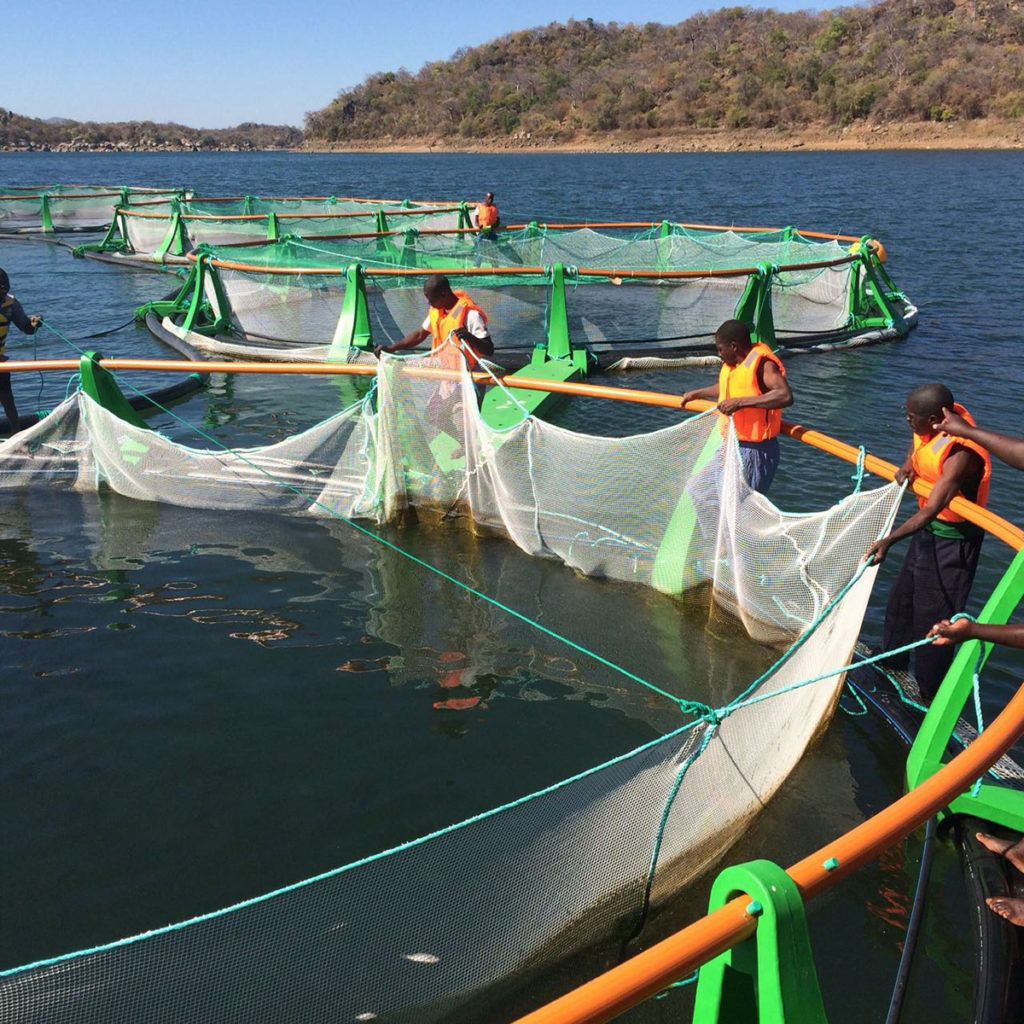
Responsibility
‘Model’ tilapia venture shows mettle in Mozambique
On the shores of Lake Cahora Bassa, Chicoa Fish Farm hopes to create a ripple effect to improve fish supply and quality of life for an impoverished region.
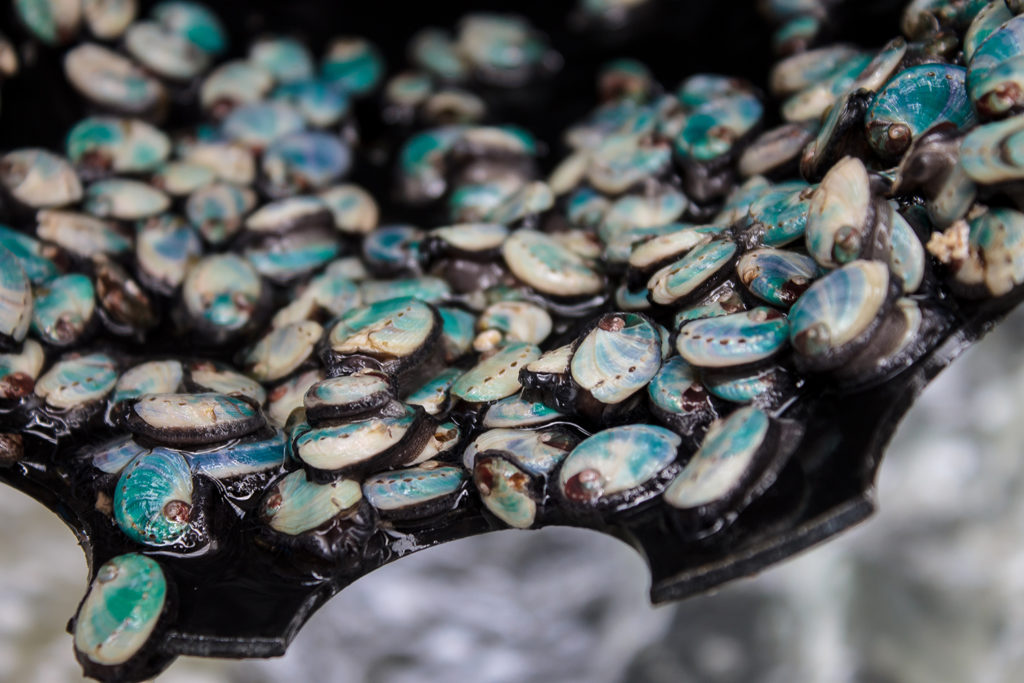
Responsibility
In South Africa, abalone farming goes for gold
Poaching has plagued South Africa’s abalone to the point of decimation. Aquaculture is putting the shellfish back in the water, and back on menus.


